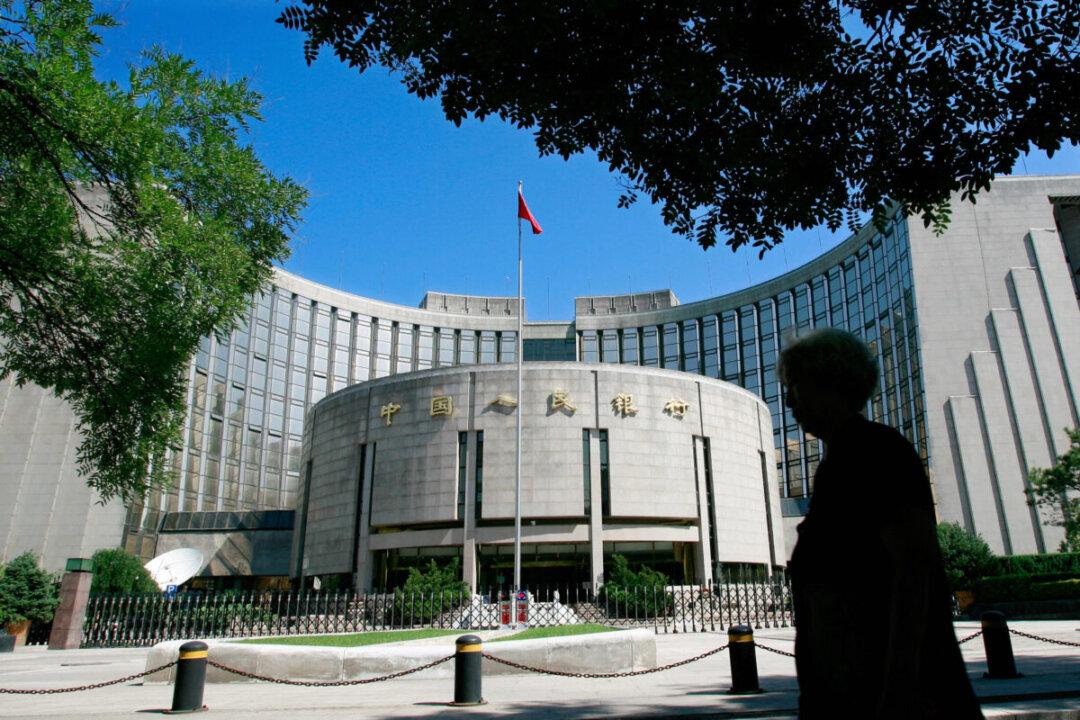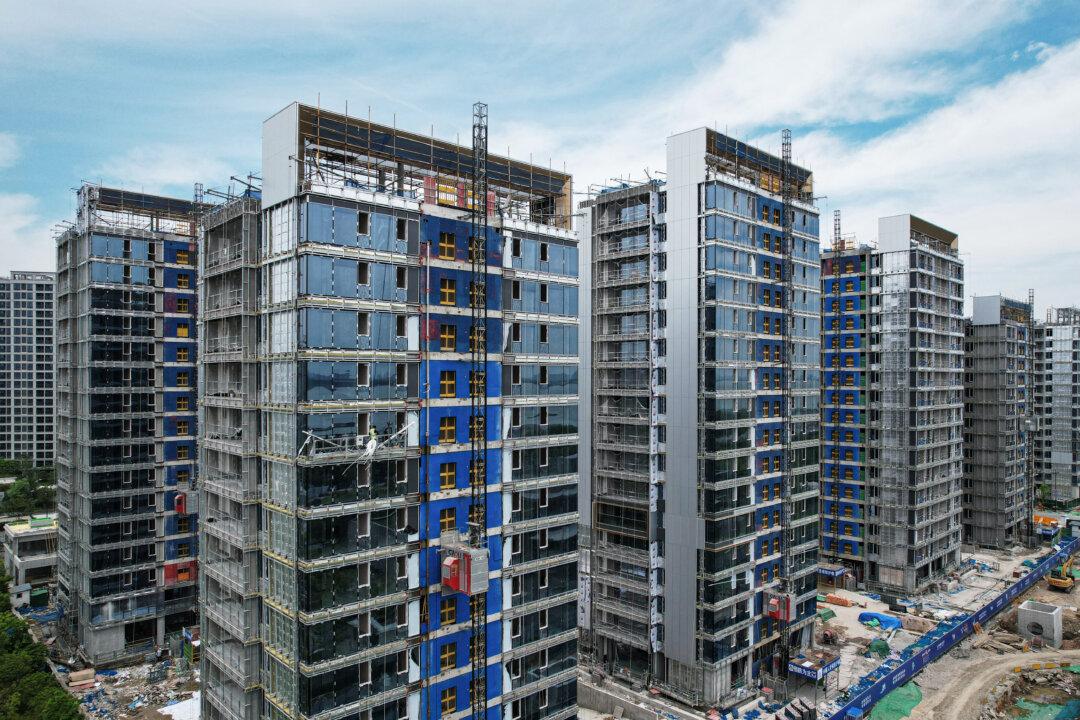After the People’s Bank of China (PBC) on Monday decided not to cut an important interest rate that influences mortgages, disappointed analysts and economists said restoring faith in China’s troubled real estate sector, which has dragged down the world’s second-largest economy, will be difficult.
In a smaller-than-anticipated move, the PBC lowered its one-year prime rate (LPR) for loans with a term of one year from 3.55 percent to 3.45 percent, whereas the benchmark rate used to set mortgage rates (the five-year LPR) has stayed intact at 4.20 percent. The consensus among experts was for a reduction of 15 basis points (bps) in both rates.





